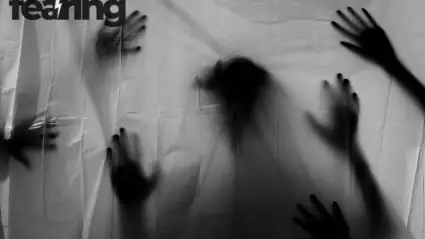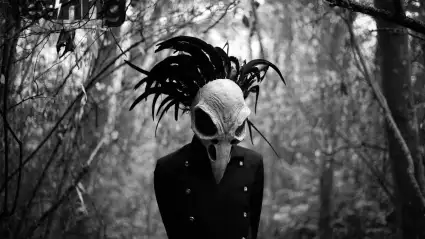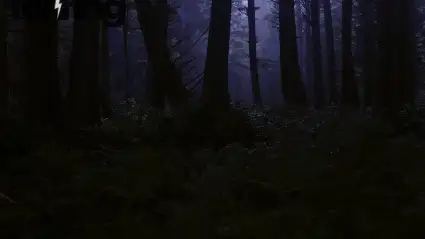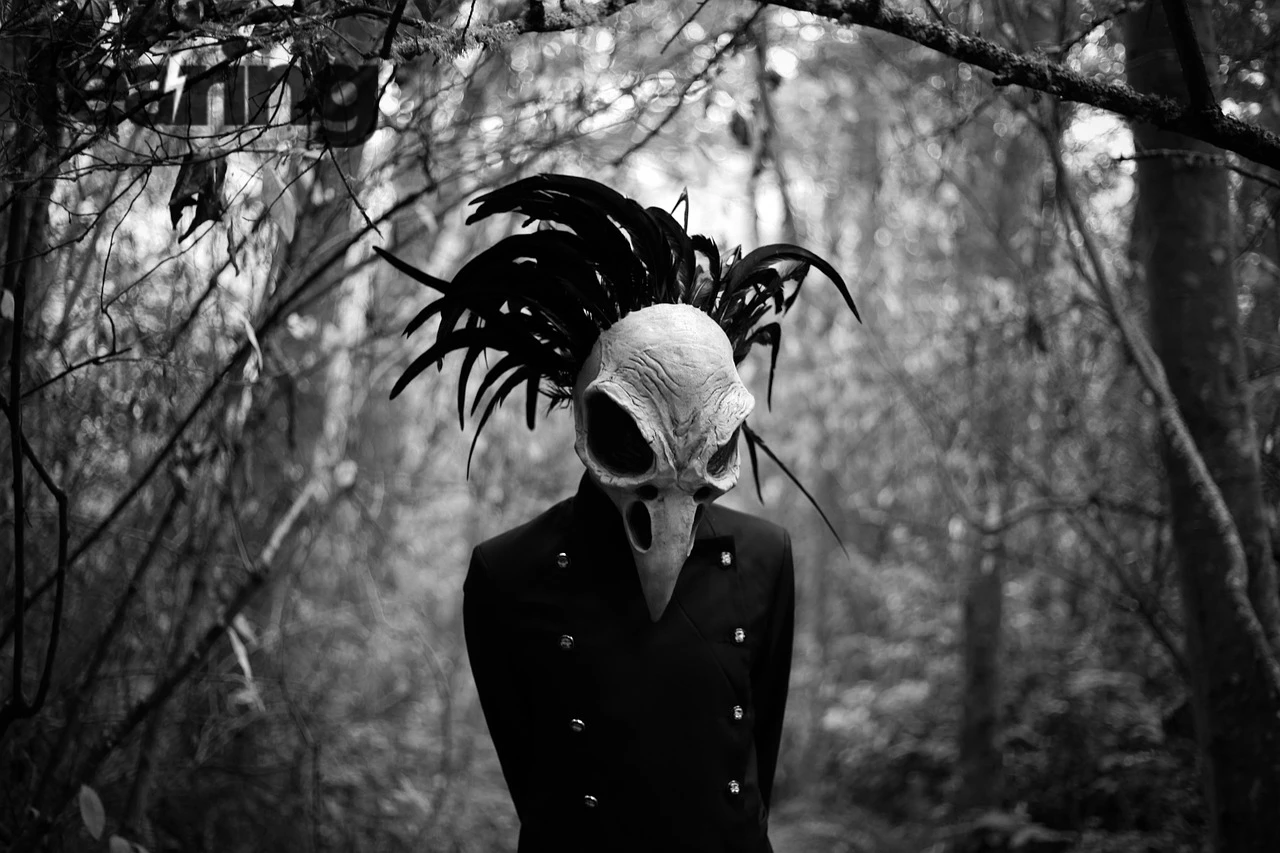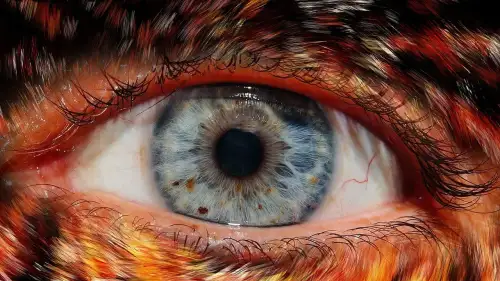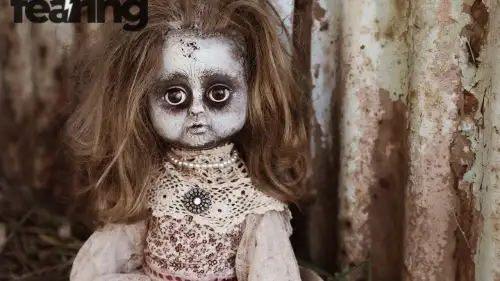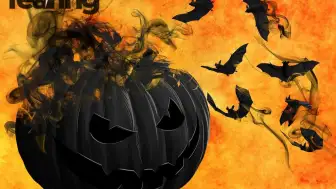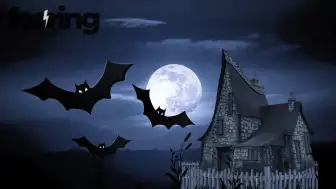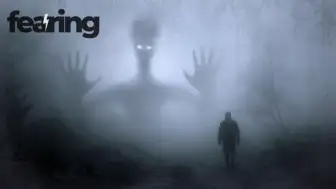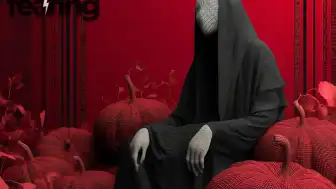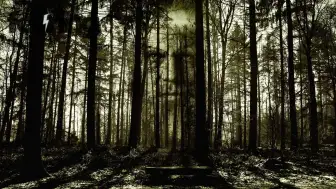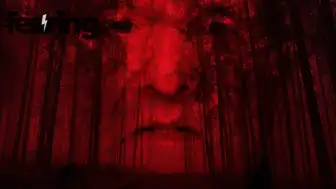Paranormal Investigations have entered a new era. What once involved flickering candles and whispered questions in dark rooms now includes AI algorithms, data-logging devices, and environmental mapping. In 2025, ghost hunting has transformed into an interdisciplinary effort that merges curiosity, skepticism, and advanced technology.
Parapsychologist Dr. Dean Radin describes it best: “The unknown isn’t proof of ghosts — it’s proof that our tools for understanding reality are still incomplete.” His words summarize the mindset of a new generation of investigators who approach mystery through evidence, not emotion.
From Legends to Laboratories
The origins of modern Paranormal Investigations trace back to the late 19th century. Groups like the Society for Psychical Research in London began collecting and analyzing reports of apparitions, telepathy, and hauntings. Those early enthusiasts combined Victorian curiosity with scientific optimism — a spirit that continues today.
But while their notebooks have been replaced by digital sensors, the purpose remains the same: to explain the unexplained. Skeptic and journalist Sharon Hill once said, “Every ghost story is really a story about human perception.” That truth still drives today’s researchers to ask why some people experience fear, visions, or sounds that others do not.
What a Modern Investigation Looks Like
A professional paranormal team today functions almost like a field research unit. A typical operation includes:
Historical and Environmental Study: Understanding a site’s history helps identify patterns of claimed activity.
Baseline Measurements: Before recording begins, teams log normal EMF, temperature, and sound levels.
Sensor Deployment: Thermal cameras, LIDAR scanners, and EVP recorders run simultaneously.
Observation and Control Tests: Investigators record environmental conditions to rule out natural causes.
Post-Analysis: All footage and readings are analyzed for statistical anomalies using software and AI filters.
As investigator Amy Bruni explains, “The goal isn’t to catch a ghost on tape — it’s to document everything honestly and see what stands up to scrutiny.”
Technology and the Supernatural
Technology has both strengthened and complicated the search for evidence. In 2025, investigative kits often include AI-enabled data processors, spectral mapping drones, and environmental sensors.
| Device | Function | 2025 Update |
|---|---|---|
| EMF Detector | Measures electromagnetic variations | AI reduces interference from phones or wiring |
| Thermal Camera | Detects temperature shifts | Generates 3D thermal overlays of environments |
| EVP Recorder | Captures unexplained audio | Uses real-time AI denoising |
| LIDAR Scanner | Maps distances and shapes | Identifies motion paths invisible to light |
| Full-Spectrum Camera | Records visible and invisible light | Expands sensitivity to ultraviolet and infrared |
Engineer Marina Lopez, who consults for several research groups, notes, “Each sensor adds a piece to the puzzle — but the human factor remains the biggest variable.”
The Mind’s Role in Mystery
Neuroscience increasingly explains why haunted places feel haunted. Low-frequency vibrations, or infrasound, can produce chills, unease, and the sensation of presence. Similarly, flickering light and CO₂ buildup can trigger mild hallucinations.
Dr. Olaf Blanke of EPFL discovered that stimulating parts of the brain can mimic the feeling of being followed or touched. “Our sense of presence,” he says, “is a construct of the brain — and it can be fooled.”
Yet, such explanations don’t end belief. Cognitive psychologist Dr. Chris French points out, “People who experience something paranormal often describe it as profoundly real, regardless of cause. That emotional truth deserves respect.”
Cultural Sensitivity and Ethics
Modern Paranormal Investigations require not only scientific precision but cultural awareness. Investigating cemeteries, religious sites, or indigenous grounds raises ethical concerns about respect for the dead and for local customs.
Anthropologist Dr. Sarah Bartlett warns, “Curiosity can easily become exploitation if you ignore the cultural meaning of a place.” Many contemporary teams now partner with historians, local elders, and clergy to ensure investigations remain respectful and collaborative.
When AI Meets the Afterlife
Artificial intelligence has reshaped how evidence is analyzed. Instead of humans watching hours of video, AI can flag unusual heat signatures or audio distortions. Investigators feed data from multiple sensors into pattern-recognition algorithms that can distinguish between environmental noise and real anomalies.
Data scientist Lena Meyer explains, “AI doesn’t confirm the paranormal — it just helps eliminate everything that’s not.” This pragmatic approach lets teams focus on what truly defies explanation, not what can be explained away by faulty wiring or wind drafts.
The Media’s Influence
Streaming platforms have made ghost hunting a global spectacle. Shows like Kindred Spirits and Ghost Adventures have popularized the field but also blurred the line between research and entertainment.
In a 2025 Statista survey, 61% of adults said they believe in ghosts, and 37% reported experiencing something supernatural themselves. Despite the numbers, veteran investigator Grant Wilson cautions, “Television captures the excitement, not the process. Real investigation is slow, quiet, and full of doubt.”
Still, public fascination has created opportunities for collaboration between scientists, filmmakers, and paranormal researchers, leading to more disciplined methods than ever before.
Why People Keep Searching
Every investigation begins with the same question: What if? For believers, it’s about connection; for skeptics, it’s about understanding perception. For both, it’s about confronting uncertainty.
Historian Dr. Mary Roach writes, “Ghosts are how we talk about death without talking about death.” The popularity of Paranormal Investigations may reflect a collective need to reconcile loss with curiosity.
Despite decades of testing, no single piece of evidence has universally proved the existence of spirits — yet the search continues, propelled by wonder.
FAQ
Q1: Are paranormal investigations recognized as science?
A1: They use scientific tools but lack reproducibility, placing them between empirical research and cultural study.
Q2: What is the most common natural cause of a haunting?
A2: Environmental factors like EMF exposure, infrasound, and carbon monoxide often create sensations mistaken for the supernatural.
Q3: How do investigators remain objective?
A3: By documenting both normal and abnormal readings and inviting third-party reviews of all data.
Q4: Can technology truly detect spirits?
A4: Not yet — it can only measure changes in energy, temperature, or sound that may accompany reported phenomena.
Sources
Society for Psychical Research Archives
Statista 2025 Global Belief Survey


